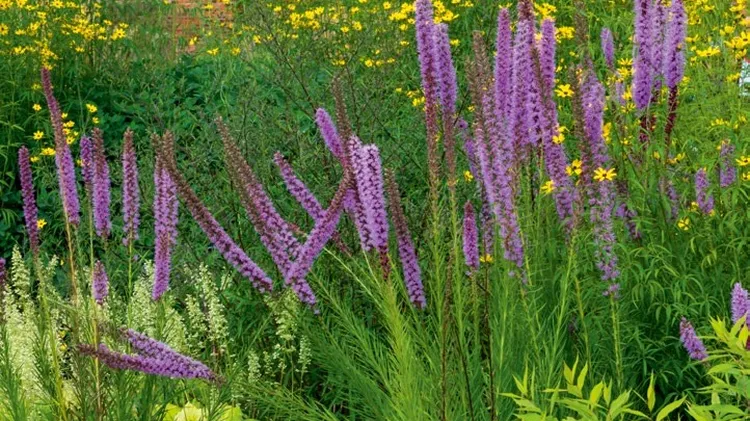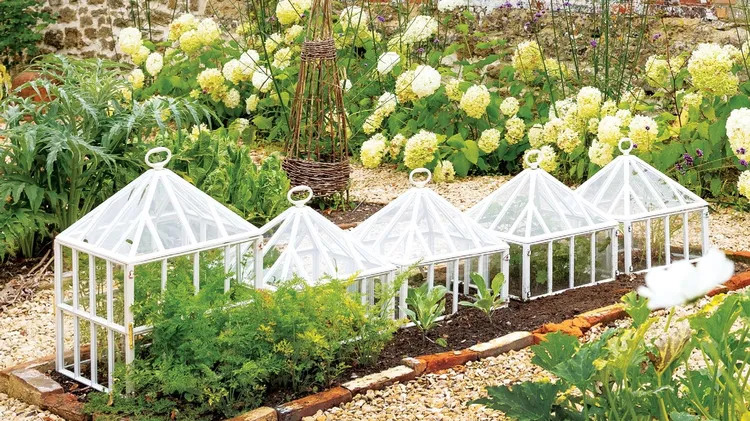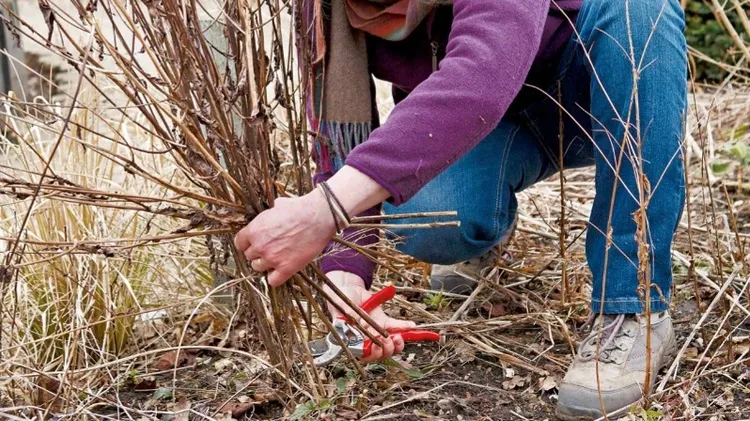Get your garden ready for another new year with Alan’s action plan for a
Autumn border boost
5 min read
This article is from...
Read this article and 8000+ more magazines and newspapers on Readly






